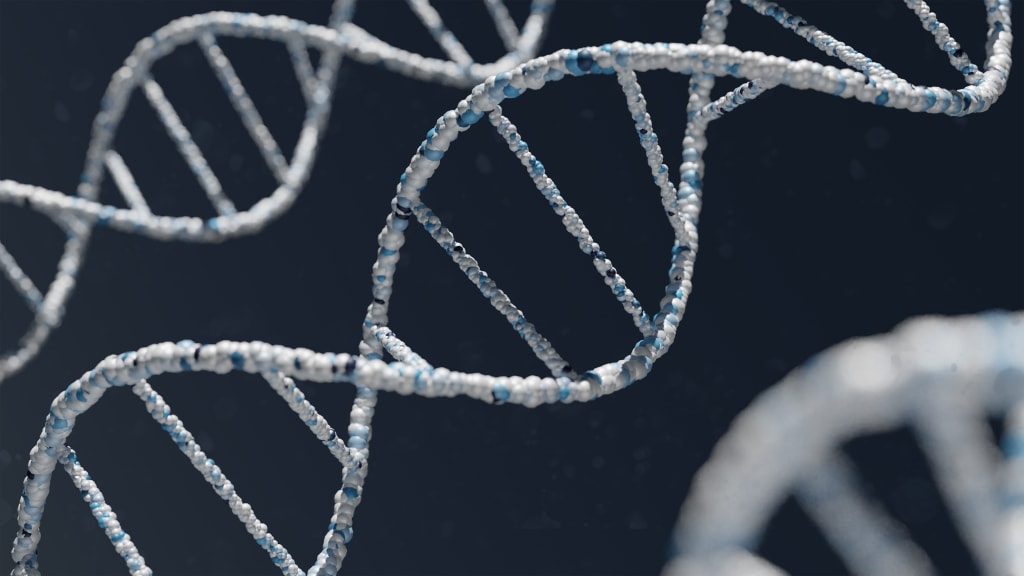Shaping Tomorrow's Families
A Journey of Genetic Discovery

The Youngs lived in Progressa, a busy metropolis where invention thrived and hopes soared. They were recognized for their great faith in progress and the limitless potential of science. Mr. and Mrs. Young had been no strangers to the significant hardships that life may present since their first pregnancy two years before.
Their hearts were overjoyed, but the pregnancy revealed a terrifying truth: they were carriers of a terrible genetic condition. When confronted with this brutal reality, the Youngs found themselves at a fork in the path. The decision to end the pregnancy was heartbreaking, a solemn decision formed of love that they would never forget. They described it as "pretty horrible."
The Youngs' persistent commitment to creating a healthy family, on the other hand, spurred their dogged exploration of alternatives. They set out on a trip that would not only change their perspective on parenthood but would also test the limits of genetic testing.
Their second pregnancy proved to be a watershed moment. It was a chance to delve into the fascinating world of genetic testing, guided by the remarkable science of in-vitro fertilization (IVF). IVF would enable them to screen for the genetic condition, assuring that their child would not suffer the same tragedy. This fresh hope sparked something within them. It was a ray of hope at the end of a long tunnel, and it forever altered their perspective on parenthood.
Historically, genetic testing has been essential in finding single-gene abnormalities that cause disorders such as cystic fibrosis. However, the Youngs discovered something revolutionary: polygenic testing. This cutting-edge technology, known as polygenic risk score testing (PRST), assesses the risk of a wide range of diseases by evaluating several genes. They were suddenly confronted with a long range of illnesses, ranging from type 1 diabetes to testicular cancer and even schizophrenia.
PRST was both a revelation and a source of contention. Fewer than a hundred infants had been delivered to families who had adopted this technology, which had only been available for three years through companies such as Genomic Prediction. Although the ethical debates around PRST were complex, the promise it held was compelling.
The Youngs were not alone in their quest for knowledge. The Hendersons, together with their friends and neighbors, shared their desire to create a better future for their children through science. They, too, had used PRST to rank their embryos based on disease risk, but their investigation did not end there.
The Hendersons dug deeper, intrigued by the possibilities. Armed with the raw genetic material from their eggs, they sought insights into their children's prospective traits—cognitive skills, stress management, and even happiness predispositions. They believed they could give their children a head start in life by instilling positive traits from the outset.
The advent of this technology prompted significant concerns about where society should draw the line between disease prevention and trait selection. The ethical ramifications were obvious, challenging conventional conventions concerning the ethical limitations of changing future generations' genetic destinies.
The future appeared boundless for startups like Genomic Prediction. The menu of examined features and diseases was bound to expand as technology advanced at a rapid rate. Some welcomed these changes as chances to raise healthier, happier generations, while others expressed alarm about the commercialization of reproduction.
Questions lingered about potential misuse, societal acceptance, and the influence on diversity. But one thing was certain: the time for debate had arrived. Science was racing forward, altering the landscape of parenthood right before our eyes.
Genetic testing has emerged as an exceptional tool for families like the Youngs and Hendersons in their effort to give their children the best possible start in life. It provided the prospect of curing genetic disorders while also raising ethical quandaries that required serious examination.
Although the line between sickness and trait selection is fuzzy, they acknowledged the need to deal with these concerns today as parents. They believed that constructing a responsible and ethical future for future generations was a worthwhile endeavor—a path of genetic discovery that would change the face of motherhood, resulting in a brighter, healthier future for all.
About the Creator
Michael Tobiko
Crafting captivating narratives is more than a skill – it's my burning passion. Let's dive into the realm of possibilities. 🚀✨






Comments
There are no comments for this story
Be the first to respond and start the conversation.